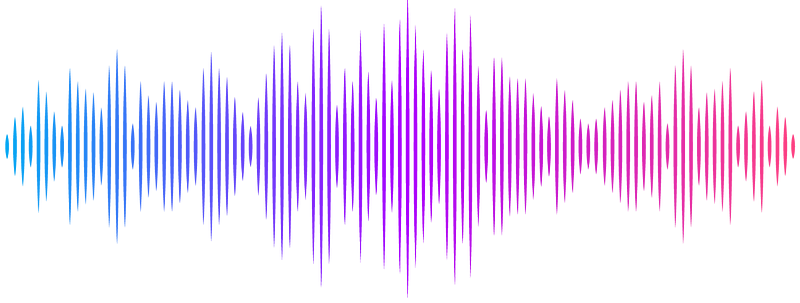Dysregulated neuroimmune interactions and sustained type I interferon signaling after human immunodeficiency virus type 1 infection of human iPSC derived microglia and cerebral organoids

Dysregulated neuroimmune interactions and sustained type I interferon signaling after human immunodeficiency virus type 1 infection of human iPSC derived microglia and cerebral organoids
Boreland, A. J.; Stillitano, A. C.; Lin, H.; Abbo, Y.; Hart, R. P.; Jiang, P.; Pang, Z. P.; Rabson, A. B.
AbstractHuman immunodeficiency virus type-1 (HIV-1) associated neurocognitive disorder (HAND) affects up to half of HIV-1 positive patients with long term neurological consequences, including dementia. There are no effective therapeutics for HAND because the pathophysiology of HIV-1 induced glial and neuronal functional deficits in humans remains enigmatic. To bridge this knowledge gap, we established a model simulating HIV-1 infection in the central nervous system using human induced pluripotent stem cell (iPSC) derived microglia combined with sliced neocortical organoids. Upon incubation with two replication-competent macrophage-tropic HIV-1 strains (JRFL and YU2), we observed that microglia not only became productively infected but also exhibited inflammatory activation. RNA sequencing revealed a significant and sustained activation of type I interferon signaling pathways. Incorporating microglia into sliced neocortical organoids extended the effects of aberrant type I interferon signaling in a human neural context. Collectively, our results illuminate the role of persistent type I interferon signaling in HIV-1 infected microglial in a human neural model, suggesting its potential significance in the pathogenesis of HAND.